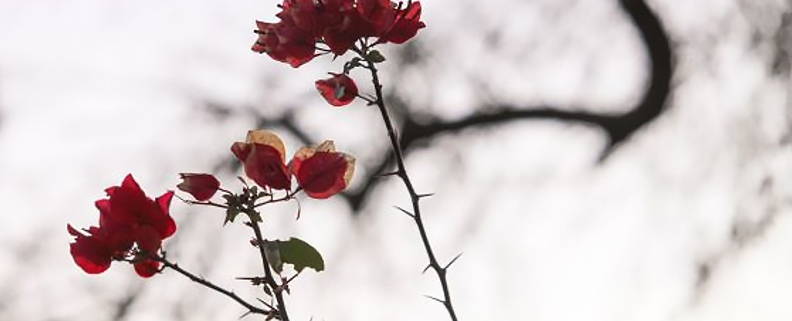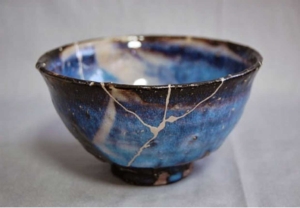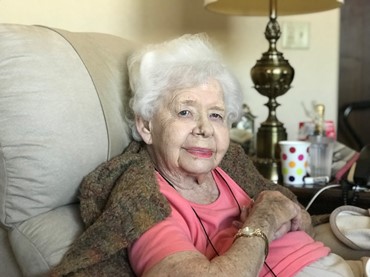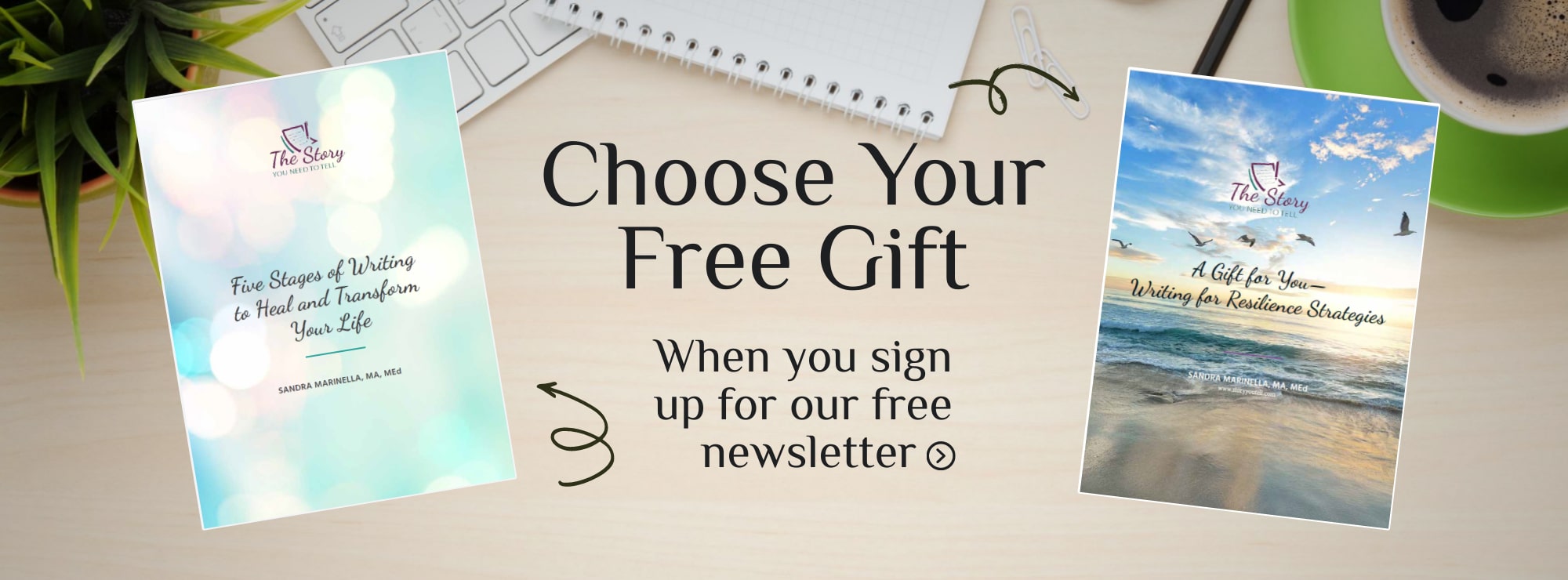The Beauty of Imperfection
Five years ago I made a trip that changed me. After hours on a plane and a short train ride, we arrived in the stunning train station of Kyoto, Japan. I had long wanted to see this architectural glass wonder. But after a day of traversing the 171 steps of staircase and tiring of hip restaurants and high priced shopping, I found myself drawn outside where I was captivated by the historic streets, the local people, the carefully sculpted gardens, and a charming pottery shop.
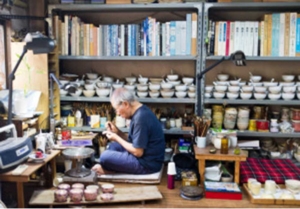 On the third day of our visit, I found my way down the cobblestone streets back to the pottery shop that smelled of sandalwood and displayed local art framed like treasures in the windows. At the back of the shop was an artist painting floral designs on teacups and plates. A kind clerk treated both the pottery and the customers with reverence. I was searching for a gift for my mom when the clerk showed me the blue cup. It was Mother’s color. My dad had died recently, and in her stoic midwestern way, my mom was grieving. We all were. After a serious fall, she agreed to move into assisted living. “Perhaps I am old,” she announced firmly, “But I am not broken.”
On the third day of our visit, I found my way down the cobblestone streets back to the pottery shop that smelled of sandalwood and displayed local art framed like treasures in the windows. At the back of the shop was an artist painting floral designs on teacups and plates. A kind clerk treated both the pottery and the customers with reverence. I was searching for a gift for my mom when the clerk showed me the blue cup. It was Mother’s color. My dad had died recently, and in her stoic midwestern way, my mom was grieving. We all were. After a serious fall, she agreed to move into assisted living. “Perhaps I am old,” she announced firmly, “But I am not broken.”
But she was. For weeks I had watched Mom shuffle ahead of me to the dining room from her new apartment; and I could tell each step was painful as she hobbled. While she forced a smile, I had seen the scans of her back—several of her discs had disintegrated into near dust.
The Kintsugi Cup
I bought the cup with the silver lines etched like Pollock strokes across it. I bought it because it was not outrageously priced. I bought it because the crooked lines reminded me of the films of my mother’s crooked back. I bought it because it felt like a sacred act to share it with my mom who could not see herself as broken. But mostly I bought it because it reminded me of the wisdom found in the art of Kintsugi, a wisdom my beautiful mother carried in her.
The art of Kintsugi may have been invented around the fifteenth century. A shogun, Ashikaga Yoshimasa, broke his favorite cup. When he sent it to China to be repaired, he was told it was unsalvageable. Refusing to accept the news, the shogun found a Japanese craftsman who agreed to transform the cup into a work of art by filling the cracks with lacquered resin and powdered gold. The outcome was a jewel. The practice became a revered form of art.
Kintsugi teaches us that when something is broken, it can be repaired and perhaps the flaws or imperfections can be made even more beautiful. As we journey through life, we learn that imperfections are a part of being human. Kintsugi reminds us to accept our flaws, learn from them, and embrace the beauty of moving forward.
After returning from Kyoto, I gave Mom the cup. She gushed over it. I thought I would explain Kintsugi to her in the right moment. But the moment never came, and I began to realize that as one who had managed the relentless challenges of aging, Mom already held inside of her the wisdom of finding beauty amid life’s struggles.
For two more years my dear mom hobbled forward with her crooked, painful back, and all the while, she made every effort to fill her imperfections with the silver and gold to be found in this life. I miss her, and each day I think of her “kintsugi wisdom.”
My Kintsugi Mom

